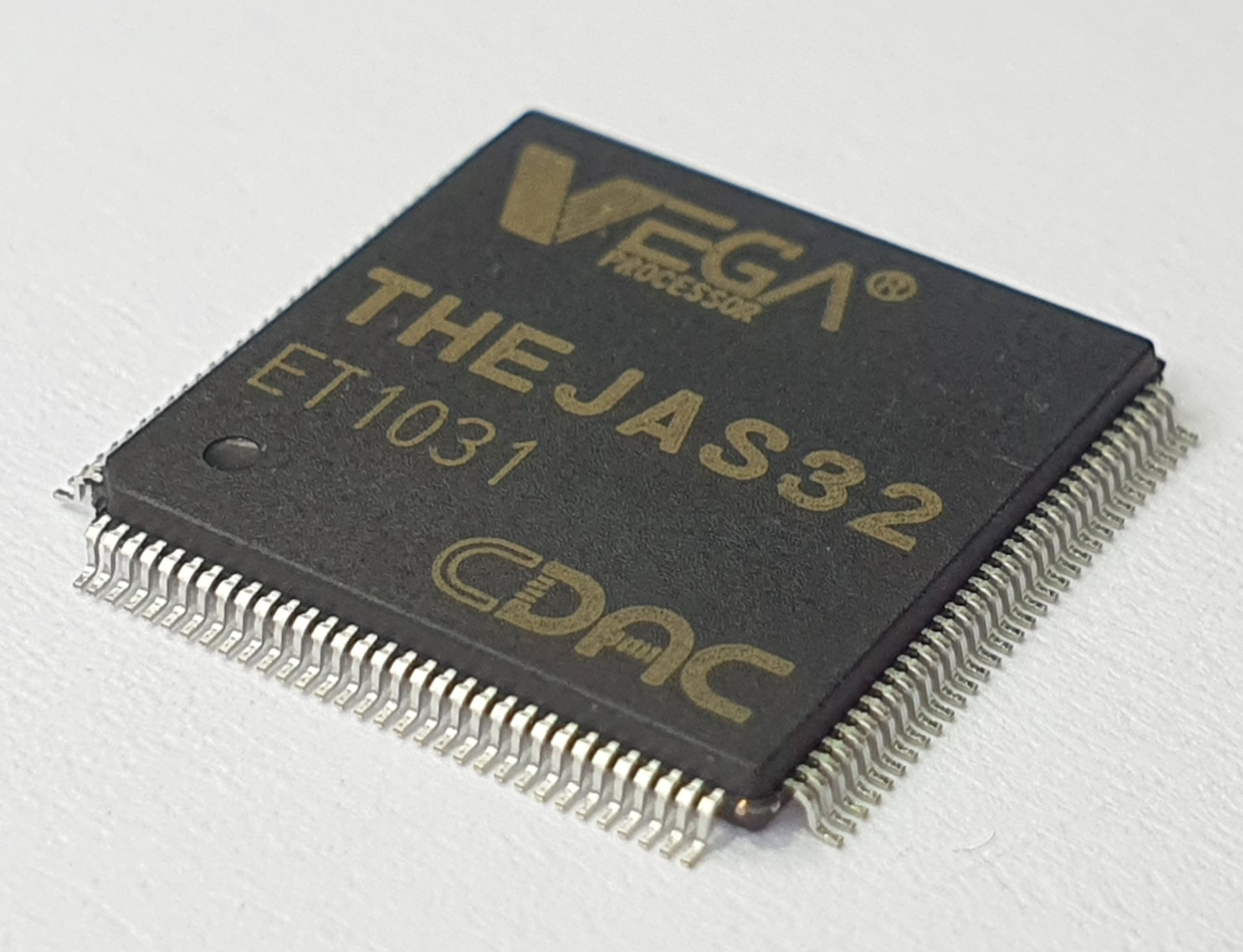The Centre for Development of Advanced Computing (C-DAC) in India is working on the country’s first family of microprocessors designed and developed in-house. C-DAC’s goal is to help India become self-reliant in microprocessor development. The company has made significant progress in the development of the VEGA series of dual and quad core microprocessors and two designs are ready for fabrication. The first design is a 32-bit embedded processor that can be used for smart energy meters, IoT devices, multimedia processing and AR/VR applications. It is low power, low footprint and low-cost, which makes it suitable for wider applications. C-DAC aims to meet at least 10% of the country’s microprocessor requirement and is working closely with the industry to integrate its technology into their next-generation products.
In addition to the VEGA series, C-DAC has also developed the Teja microprocessor, a high-end 64-bit chip. C-DAC is open to collaborating with Indian industry partners for manufacturing indigenous products based on its in-house design. The company has set a target to achieve 64 PetaFlops of cumulative computing power by 2024, with 40 PF being based on its indigenously developed Rudra servers. C-DAC has signed a contract with VVDN Technologies for the manufacturing of the Rudra servers and the transfer of technology is already in progress.
Under the National Supercomputing Mission program, C-DAC is also designing a power-efficient AUM HPC processor and has developed a computer server called Rudra. This, along with the AUM processor and Trinetra interconnect technology, will help the country achieve self-reliance in supercomputing. A one PF supercomputing system based on Rudra servers will be installed at the Giant Metrewave Radio Telescope observatory.
